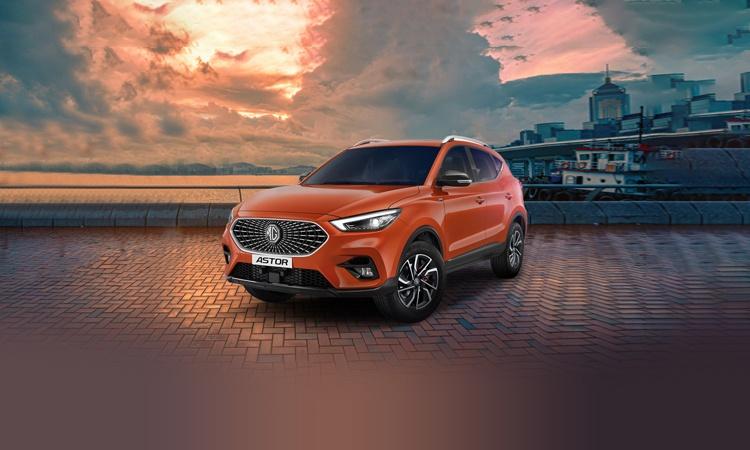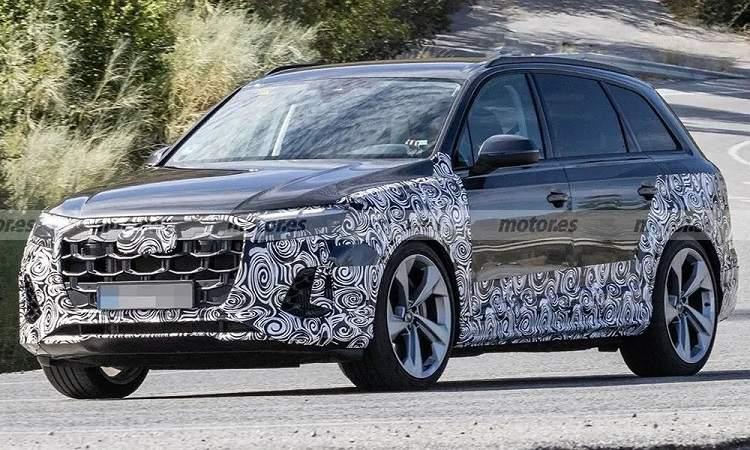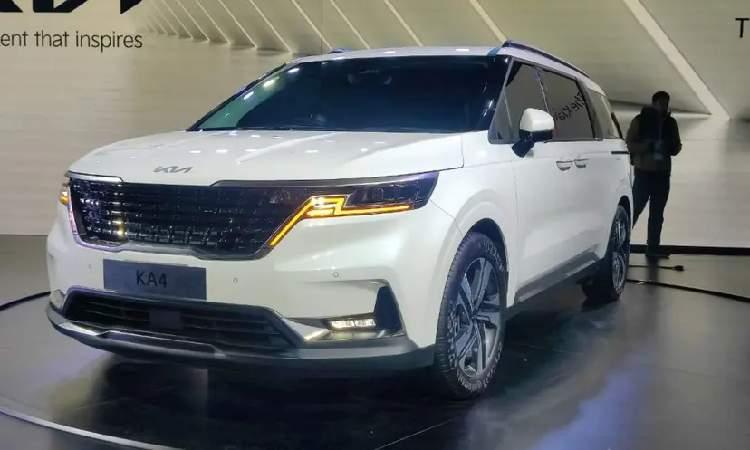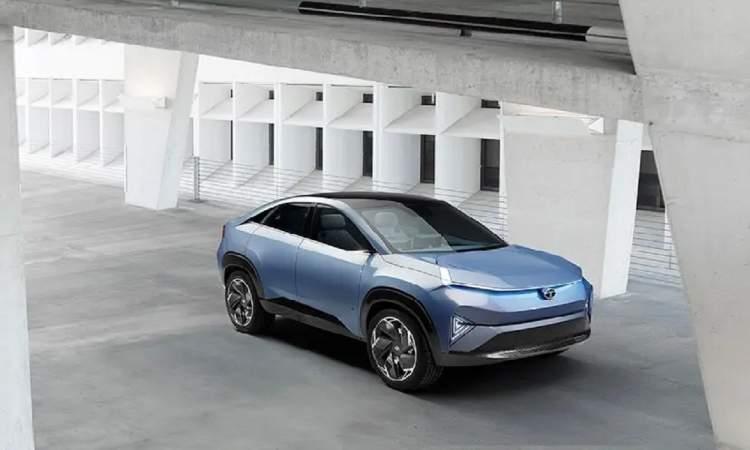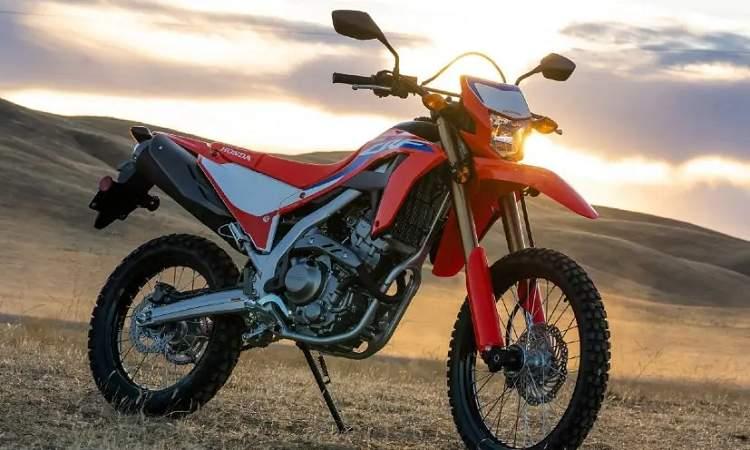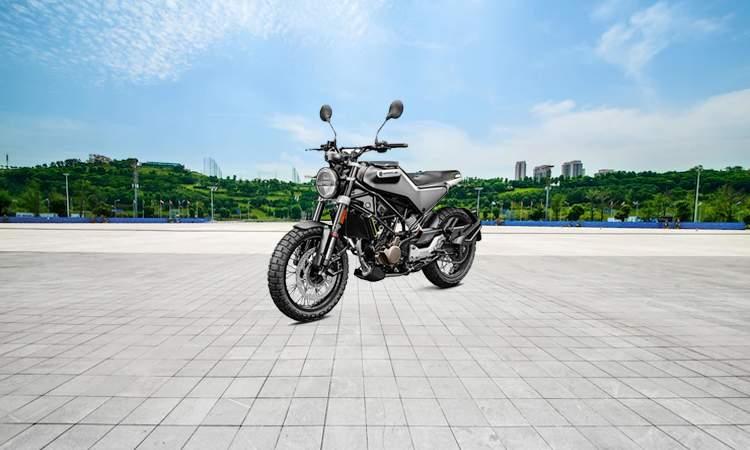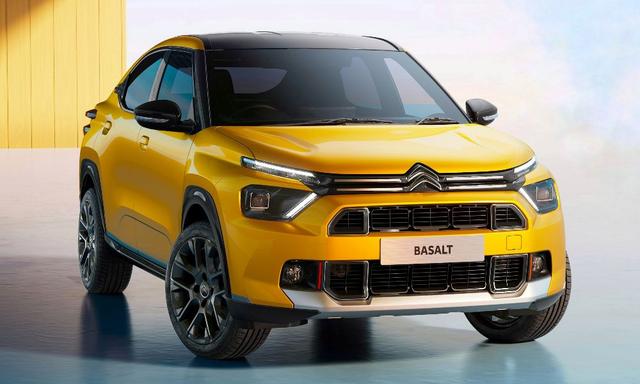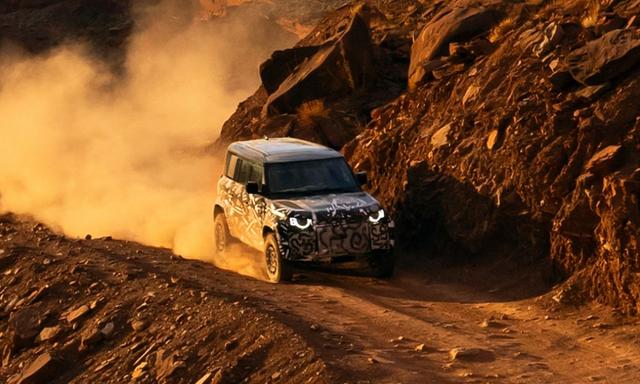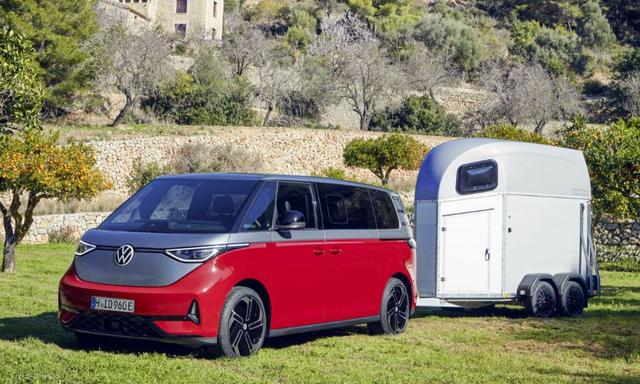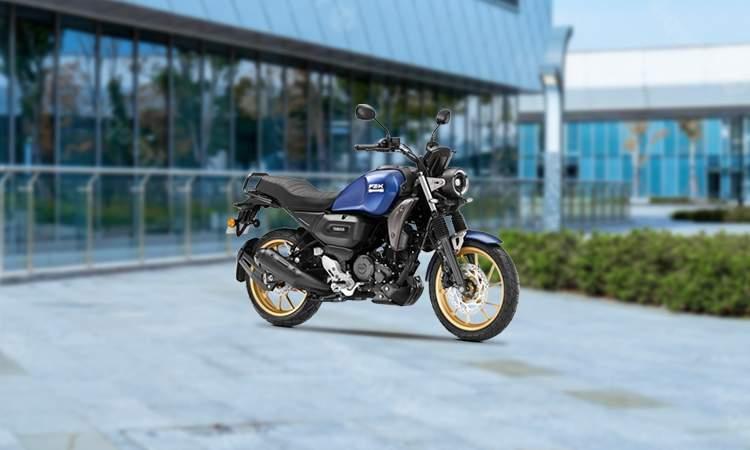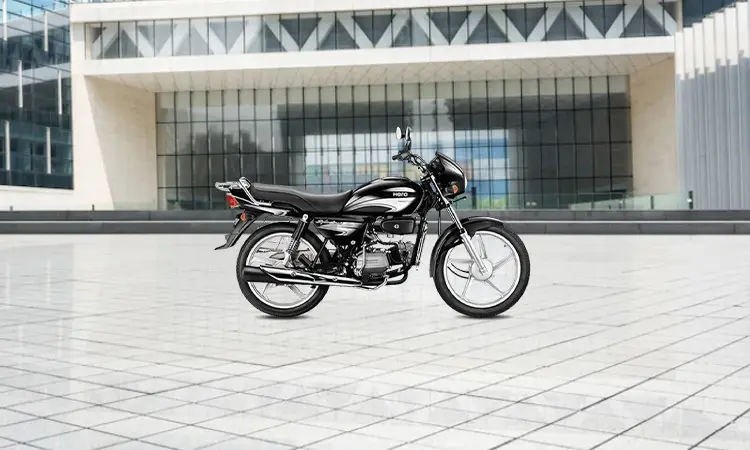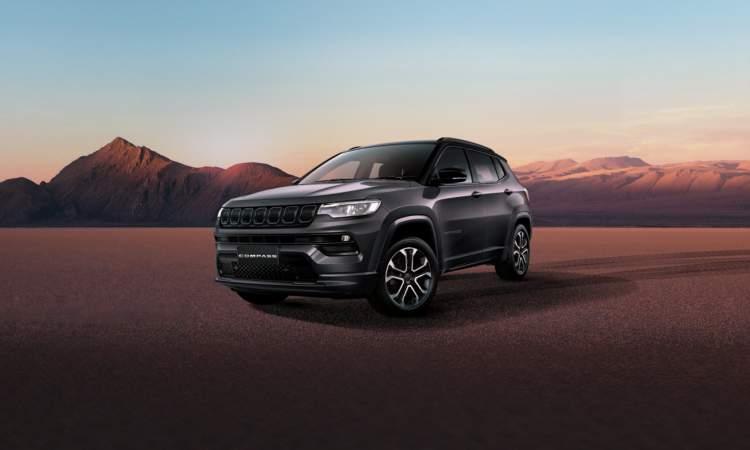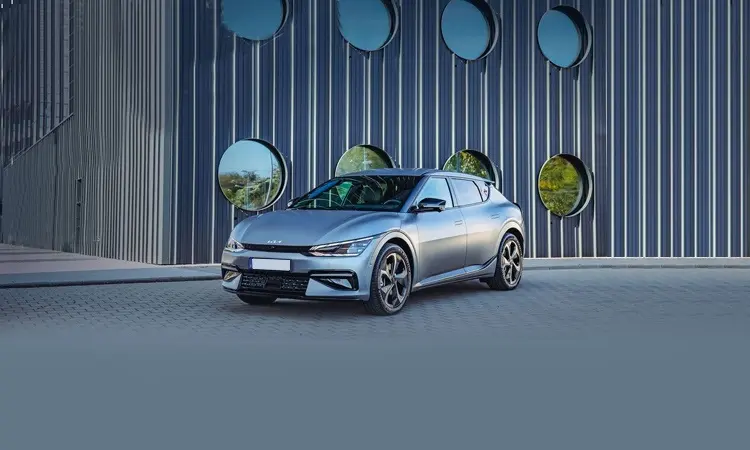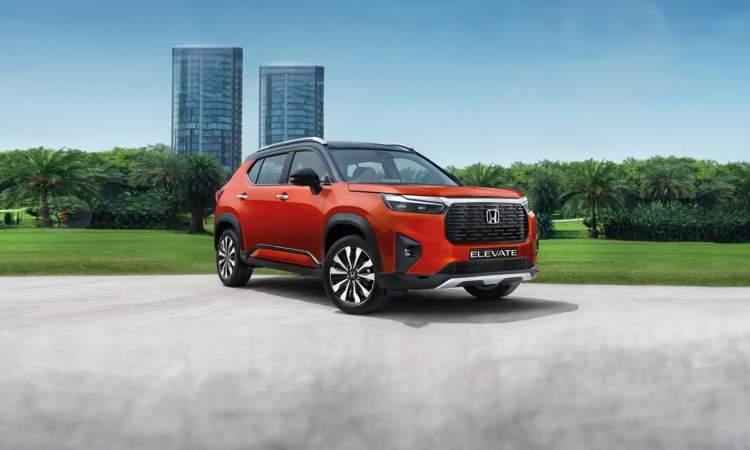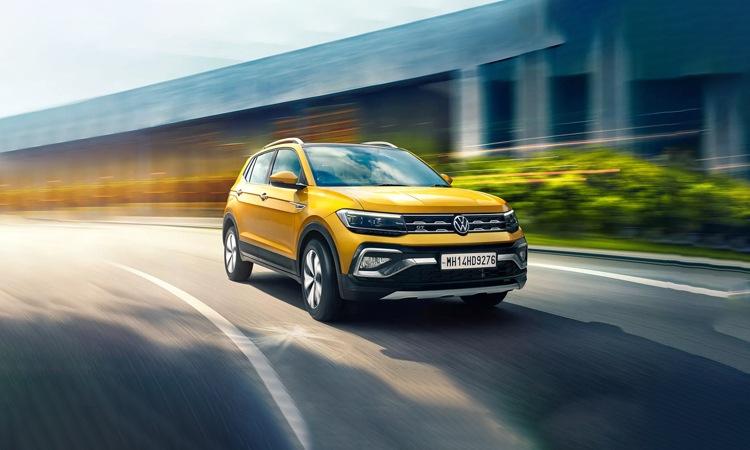Opinion: JSW Is The Catalyst MG Needed For Growth In India
Highlights
- New product push was given but the speed is more noteworthy.
- Dealers and customer staring at significant opportunities and options, respectively.
- Merging of work cultures can be tricky although the Chinese work culture isn’t too different than ours.
The joint venture announcement between Chinese-backed MG Motor India and Indian steel conglomerate JSW Group has now started to emerge as the entity it was envisioned in. This week's elaborate announcement on what’s the agenda starting with the new name of the company – JSW MG Motor India Pvt. Ltd. – gives some clarity on what Indian automotive consumers and rival automotive companies can expect in the future.
Also Read: MG-JSW Plot New Models Every 3-6 Months, 1st Launch Under JV Confirmed For September
The creation of a JV between the Shanghai Automotive Industry Corporation's (SAIC) Indian business and JSW is the best-case scenario for MG Motor India. The MG brand that was established exactly a century ago in Great Britain was in doldrums during then end of the last century when it was given a fresh lease of life by SAIC. While it grew globally, the early India entry was a timely one as geo-political tensions between India and China meant none of the latecomers from China were allowed to get a foothold despite showing complete intent at the 2020 Auto Expo in Greater Noida.

Despite a promising start, MG Motor India's product introduction slowed in the last two years, with the Comet being the only new launch.
But the continued issues between the two countries hurt MG, too, with SAIC’s future investments being put on hold – which were crucial for the brand’s survival in India. And within months of announcing it was indeed looking for a suitable partner in India, JSW arrived on the scene.
Also Read: MG Cyberster Electric Roadster Makes India Debut
Now, it is no secret that the Indian business house already aspired to enter the automotive scene with EVs much before existing players started their campaigns. Making EVs was a more executable dream which saw it announce intentions a few years ago with the hiring of industry veteran Rakesh Srivastava. But it shelved that plan when it became clear that going solo wasn’t feasible as the investments for JSW’s vision – of being a mass player in EVs – would be far more significant. A partnership was the best way out. There was news that JSW was also interested in acquiring the Ford plant in Chennai but then the MG India opportunity was a low-hanging fruit it couldn’t resist.

The JV can tap into SAIC's vast catalogue of cars and SUVs sold globally.
The major takeaway from the announcement on March 20 in Mumbai was to show the seriousness and intent of the partnership and let the Indian audience know how quickly it can work. MG is currently selling around 4,000 vehicles per month in India, and JSW’s Parth Jindal mentioned how they want to scale up that number significantly. Production at the Halol plant is likely to double, with a focus on New Energy Vehicles (a la BYD). The company’s announcement of at least two new cars per year is a bold one – although MG itself has been quite active since launch but this would add a significant number of vehicles to dealerships, and as a result, in sales volumes.
The company currently sells the Hector, Hector Plus, Astor, Gloster, ZS EV and Comet EV. It plans to launch another EV and likely another non-SUV model this year. One of them could well be the MG4 which it showcased both at the Expo last year as well as at the JV future-plan announcement in Mumbai.
Also Read: JSW Signs MoU To Build EVs, 50 GWh Battery Plant In Odisha With Rs 40,000 Cr Investment
While SAIC is roughly four to five times the size of JSW, from the outside, it looks like it is happy passing the reins to JSW for the moment but one must note that the horses still belong to SAIC. The presence of the Indian arm takes will however remove significant hurdles from the path of this juggernaut. JSW has the muscle – both financial and political – to call the shots in the JV, and unlike many previous ones could well be the biggest stakeholder in the Indian business. It brings local supply network expertise – important from a manufacturing point of view. What it lacks is ready cutting-edge automotive technology which it will get from SAIC. The latter’s investment burden in India will also be reduced significantly.

Plug-in hybrids are also likely to be part of JSW MG Motor India's portfolio in the time to come.
In a joint venture between two companies from different countries, merging of culture is a task. There are many instances of companies still struggling or calling quits beyond a certain threshold. The JSW-MG union has a slight advantage here. JSW is as Indian as an Indian company gets, while MG has significantly Indianised over the last few years as the Indian management has been leading it from the front. All said and done, the Chinese way of working isn’t too different from our own unlike say a Japanese, Korean or German way of working. JSW will bring significant money into the operations but looks like the current MG India lot will call the shots for the time being.
Also Read: JSW Group Acquires 35% Stake In MG Motor India; Enters Into JV With SAIC
Indian customers can expect a significantly larger number of MG-badged cars soon as SAIC can now restart a model onslaught it was planning. From the announcements made today, these will be mostly in the electric space but don’t be surprised if hybrids come our way too as the Indian government, just like many other foreign governments, hasn’t shut the door on other power sources for automobiles yet.
The only bit that probably one could be skeptical would be the intent of JSW to start a premium line-up of cars that could well be from SAIC but badged differently. It seems like a bit too much to add to the confusion right now for customers as MG by itself is positioned as a bit premium in the mass segment. Nevertheless, the mainstream business looks like on track for MG India as it will look come out of the double whammy it endured in the last four years – first with COVID mayhem and then the geo-political outcome. For dealers it could also be a boon as nothing brings customers to dealerships than launch of frequent new products. And of course, customers who are never shy about wanting options.
Great Deals on Used Cars
View All Used Cars
- 19,396 km
- Diesel
- Manual

- 13,870 km
- Petrol
- Manual

- 9,746 km
- Petrol
- Manual

- 26,000 km
- Diesel
- Manual

- 21,000 km
- Petrol
- AMT

- 11,000 km
- Diesel
- Manual

- 27,200 km
- Petrol
- Manual

- 24,000 km
- Petrol
- Automatic
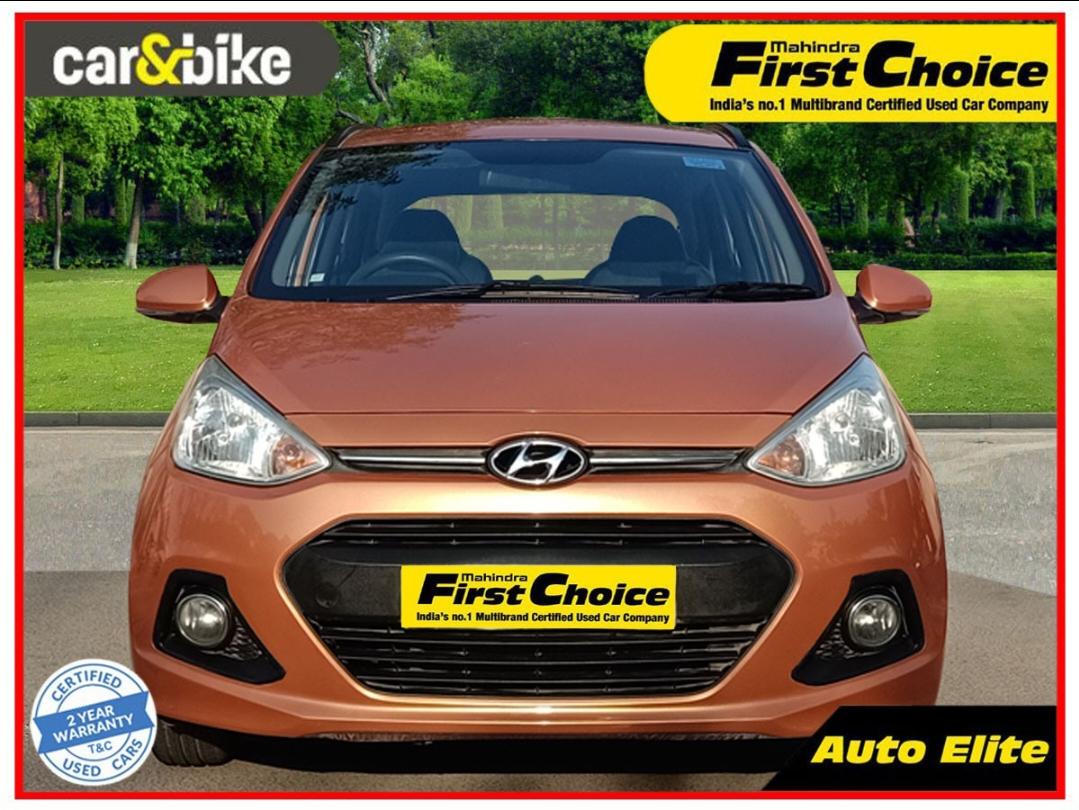
- 20,000 km
- Petrol
- Manual

- 49,781 km
- Petrol
- Manual
Upcoming Cars
Upcoming Bikes

Trending Vehicles In India
- Home
- News
- Technology
- Opinion: JSW Is The Catalyst MG Needed For Growth In India




